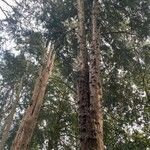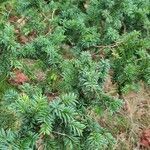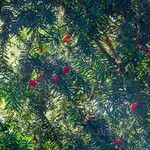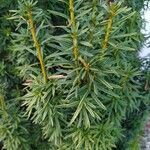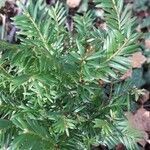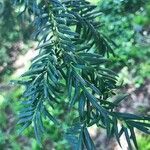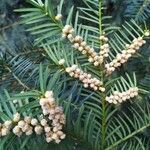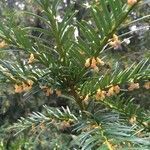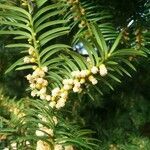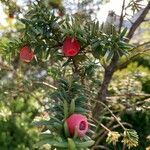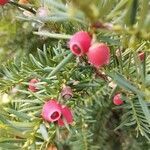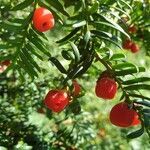| Therapeutic use
|
Fever (bark), Hypnotics and sedatives (fruit), Menstruation-inducing agents (fruit), Parasympatholytics (fruit), Aphrodisiacs (leaf), Asthma (leaf), Bronchitis (leaf), Dyspepsia (leaf), Epilepsy (leaf), Hiccup (leaf), Hypnotics and sedatives (leaf), Liver diseases (leaf), Menstruation-inducing agents (leaf), Parasympatholytics (leaf), Asthma (shoot), Diarrhea (shoot), Dizziness (shoot), Epilepsy (shoot), Hemoptysis (shoot), Abortifacient (unspecified), Adjuvant (unspecified), Antirheumatic (External) (unspecified), Antirheumatic (Internal) (unspecified), Cold Remedy (unspecified), Cough Medicine (unspecified), Diaphoretic (unspecified), Orthopedic Aid (unspecified), Respiratory Aid (unspecified), Tuberculosis Remedy (unspecified), Headache (unspecified), Bilious (unspecified), Calculus (unspecified), Carminative (unspecified), Contraceptive (unspecified), Cyanogenetic (unspecified), Dentifrice (unspecified), Emmenagogue (unspecified), Epilepsy (unspecified), Expectorant (unspecified), Hair-Oil (unspecified), Hysteria (unspecified), Medicine (unspecified), Nerves (unspecified), Pectoral (unspecified), Poison (unspecified), Sedative (unspecified), Spasm (unspecified), Stomachic (unspecified), Tea (unspecified), Tonic (unspecified), Antifertility (unspecified), Debility (unspecified), Cancer (unspecified), Giddiness (unspecified), Insecticide (unspecified), Lithontriptic (unspecified), Vermifuge (unspecified), Antineoplastic agents (unspecified), Fishes, poisonous (unspecified), Ovarian neoplasms (unspecified), Anti-poisoning (unspecified), Uterine diseases (unspecified)
|
